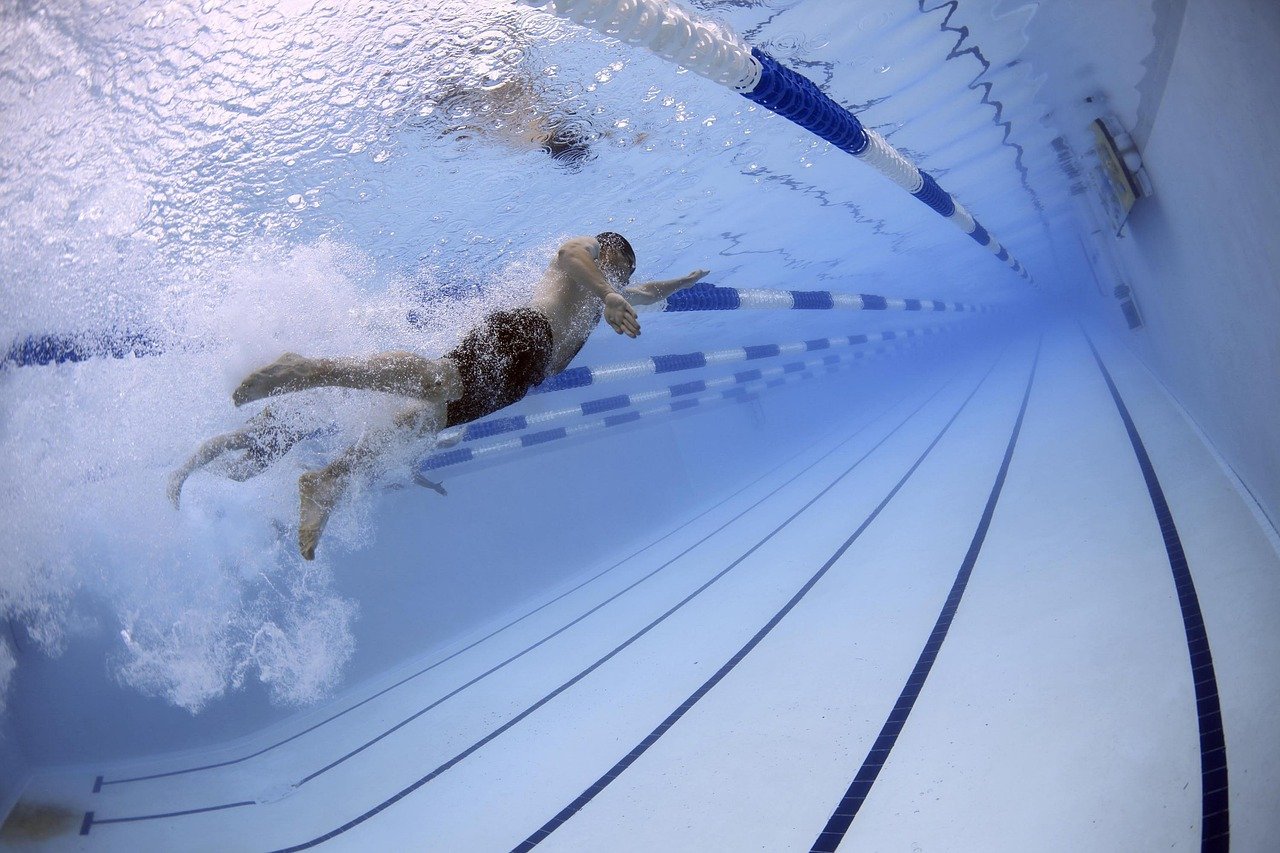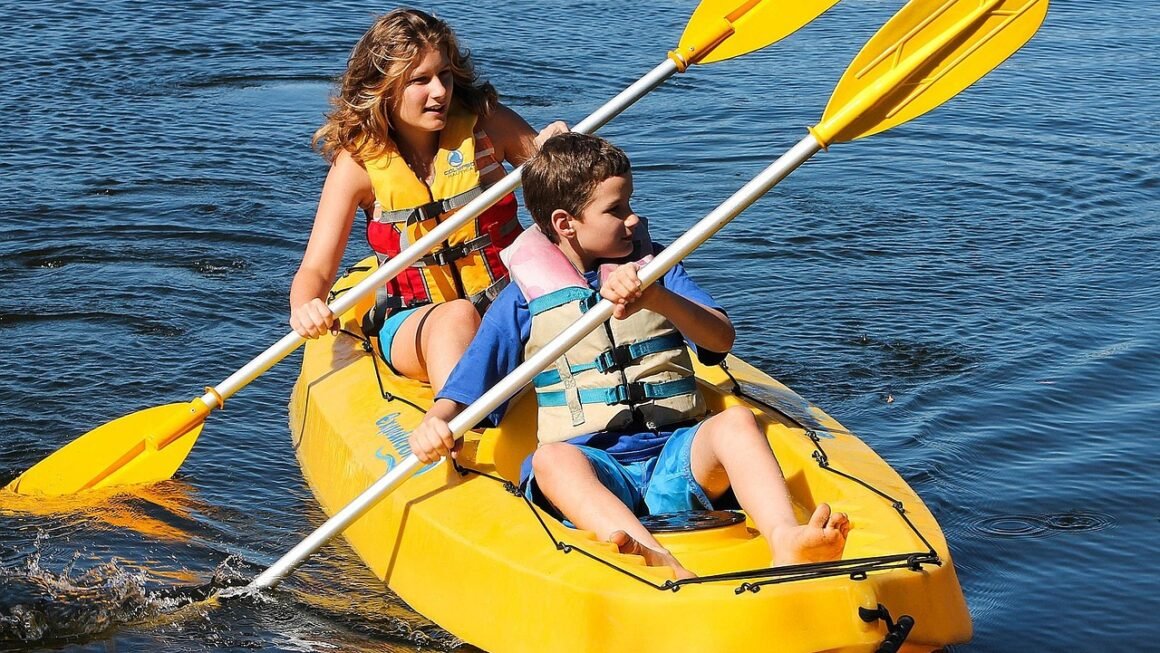Step into the world of rowing, a sport that combines physical endurance with mental fortitude, demanding both individual strength and synchronized teamwork. Whether you’re drawn to the tranquil glide across a glassy lake or the adrenaline rush of competitive racing, rowing offers a full-body workout that’s as rewarding as it is challenging. This comprehensive guide will explore the multifaceted aspects of rowing, from its historical roots to its modern-day applications, providing you with everything you need to know to get started or enhance your existing knowledge.
What is Rowing?
Rowing is a sport that involves propelling a boat (shell or scull) through water using oars. Unlike paddling, where the oar is used to brace and pull the boat forward, rowing involves using the oar as a lever against a fixed point on the boat. This action generates significant force, propelling the boat forward with impressive speed and efficiency.
Different Types of Rowing
- Sweep Rowing: Each rower uses one oar, with boats typically holding two, four, or eight rowers. Coxswains are common in sweep boats, responsible for steering and coordinating the crew.
Pair (2-): Two rowers, each with one oar, no coxswain.
Four (4- or 4+): Four rowers, each with one oar. Minus denotes without a coxswain, plus denotes with a coxswain.
Eight (8+): Eight rowers, each with one oar, and a coxswain. This is often considered the pinnacle of sweep rowing.
- Sculling: Each rower uses two oars (sculls). Sculling boats typically hold one, two, or four rowers.
Single Scull (1x): One rower, two oars. Highly demanding physically and mentally.
Double Scull (2x): Two rowers, each with two oars.
Quadruple Scull (4x): Four rowers, each with two oars. Often referred to as a “quad”.
The Rowing Stroke: A Symphony of Motion
The rowing stroke can be broken down into four key phases:
The Benefits of Rowing: Mind and Body
Rowing offers a wealth of physical and mental health benefits, making it a truly comprehensive workout.
Physical Health Advantages
- Full-Body Workout: Rowing engages almost every muscle group in the body, including the legs, core, back, arms, and shoulders.
- Cardiovascular Fitness: Rowing is an excellent cardiovascular exercise, improving heart health and lung capacity. Studies show that consistent rowing can lower resting heart rate and improve VO2 max.
- Low Impact: Rowing is a low-impact sport, making it a good option for people with joint pain or injuries. The smooth, gliding motion is gentle on the joints.
- Strength and Endurance: Rowing builds both strength and endurance. The repetitive motion of the stroke strengthens muscles, while the sustained effort builds cardiovascular endurance.
Mental Well-being Benefits
- Stress Reduction: The rhythmic motion of rowing can be very meditative and stress-relieving. Being on the water can also be incredibly calming.
- Improved Focus: Rowing requires focus and concentration, which can help improve cognitive function.
- Teamwork and Camaraderie: Rowing is often a team sport, fostering a sense of camaraderie and teamwork.
- Mental Toughness: Rowing is a challenging sport that requires mental toughness and resilience. Overcoming these challenges can build confidence and self-esteem.
Getting Started with Rowing
Rowing can seem intimidating at first, but with the right guidance, it’s accessible to people of all ages and fitness levels.
Finding a Rowing Club or Program
- Local Rowing Clubs: Search online for rowing clubs in your area. Many clubs offer introductory programs for beginners.
- Colleges and Universities: Many colleges and universities have rowing programs that are open to students and alumni.
- Community Centers: Some community centers offer rowing classes or programs.
Essential Equipment and Gear
- Clothing: Wear comfortable, form-fitting clothing that allows for a full range of motion. Avoid loose clothing that could get caught in the boat.
- Shoes: Wear shoes that are easy to slip on and off. Some rowers prefer to row barefoot or in socks.
- Sun Protection: Wear sunscreen, sunglasses, and a hat to protect yourself from the sun.
- Water Bottle: Stay hydrated by bringing a water bottle with you.
- Oars (for sculling): If you’re sculling, you’ll need a pair of oars. These are typically provided by the rowing club.
Indoor Rowing Machines (Ergometers)
- Concept2 Model D: This is the most common type of indoor rowing machine. It provides accurate feedback on your performance and can be used for training and fitness. It’s often the standard for measuring rowing performance.
- WaterRower: This type of rowing machine uses water resistance. It provides a more natural feel than air resistance machines.
- Using an Ergometer: When starting out focus on perfecting your rowing technique before increasing the resistance or intensity. Watch instructional videos and consider getting advice from a coach or experienced rower.
Rowing Technique: Mastering the Stroke
Proper technique is essential for efficient and injury-free rowing. Focus on mastering the fundamentals before increasing your speed or intensity.
Key Elements of Proper Technique
- Leg Drive: Initiate the drive phase with your legs, pushing off the foot stretcher.
- Back Swing: Engage your core and back muscles to continue the drive. Maintain a strong, stable back.
- Arm Pull: Finish the drive with your arms, pulling the oar towards your chest.
- Coordination: Coordinate the movements of your legs, back, and arms to create a smooth, fluid stroke.
- Breathing: Breathe deeply and rhythmically throughout the stroke. Exhale during the drive and inhale during the recovery.
Common Mistakes to Avoid
- Hunching the Back: Avoid hunching your back during the catch or drive. This can lead to back pain and injury.
- Pulling with Arms Too Early: Focus on using your legs and back to generate power. Avoid pulling with your arms too early in the stroke.
- Rushing the Slide: Control the recovery phase and avoid rushing back to the catch.
- Not Engaging the Core: Engage your core muscles throughout the stroke to stabilize your body and prevent injury.
Training and Conditioning for Rowing
Rowing requires a combination of strength, endurance, and flexibility. A well-rounded training program will help you improve your performance and prevent injuries.
Building Strength
- Squats: Develop leg strength and power.
- Deadlifts: Strengthen your back and core.
- Bench Press: Build upper body strength.
- Pull-ups: Strengthen your back and arms.
- Core Exercises: Planks, crunches, and Russian twists to stabilize your core.
Enhancing Endurance
- Long-Distance Rowing: Row long distances at a moderate pace to build cardiovascular endurance.
- Interval Training: Alternate between high-intensity intervals and periods of rest or low-intensity activity to improve speed and power. Example: 5 x 500m rows at race pace with 3 minutes rest between.
- Cross-Training: Incorporate other forms of exercise, such as running, swimming, or cycling, to improve overall fitness.
Flexibility and Mobility
- Stretching: Stretch regularly to improve flexibility and prevent injuries. Focus on stretching your legs, back, shoulders, and arms.
- Yoga: Yoga can improve flexibility, balance, and core strength.
- Foam Rolling: Use a foam roller to release muscle tension and improve mobility.
Conclusion
Rowing is a challenging yet incredibly rewarding sport that offers a multitude of physical and mental health benefits. Whether you’re seeking a full-body workout, a way to reduce stress, or a chance to be part of a team, rowing has something to offer everyone. By understanding the fundamentals of the sport, mastering proper technique, and following a well-rounded training program, you can unlock the full potential of rowing and enjoy a lifetime of fitness and fulfillment on the water. So, find a local rowing club, grab an oar, and embark on your rowing journey today!



